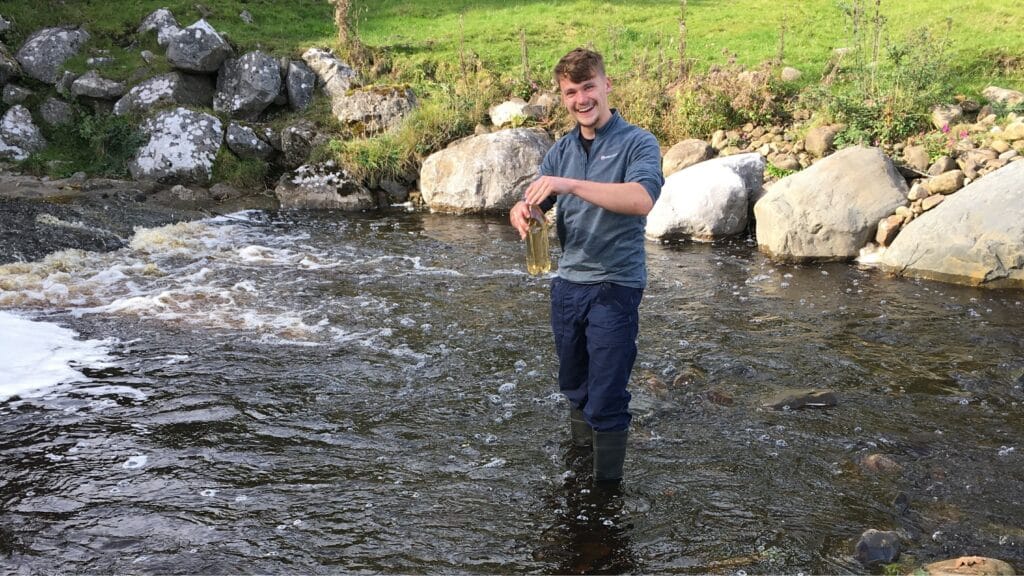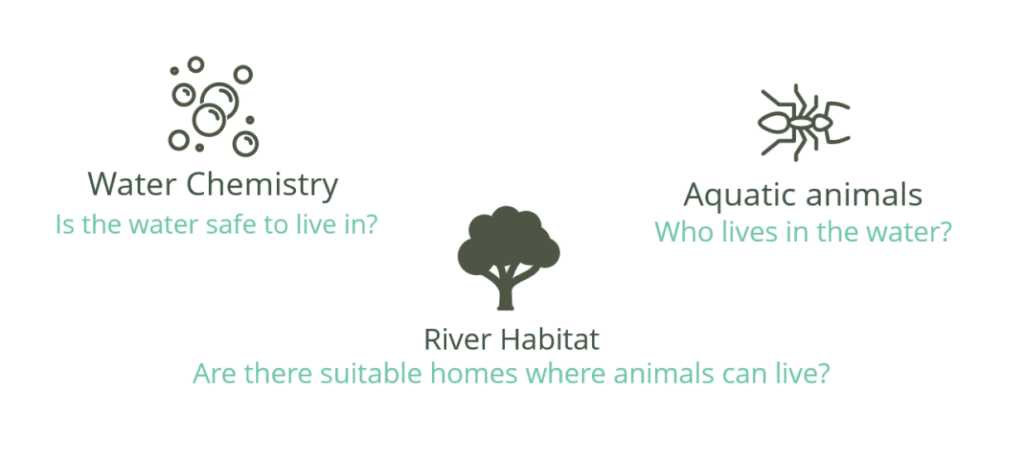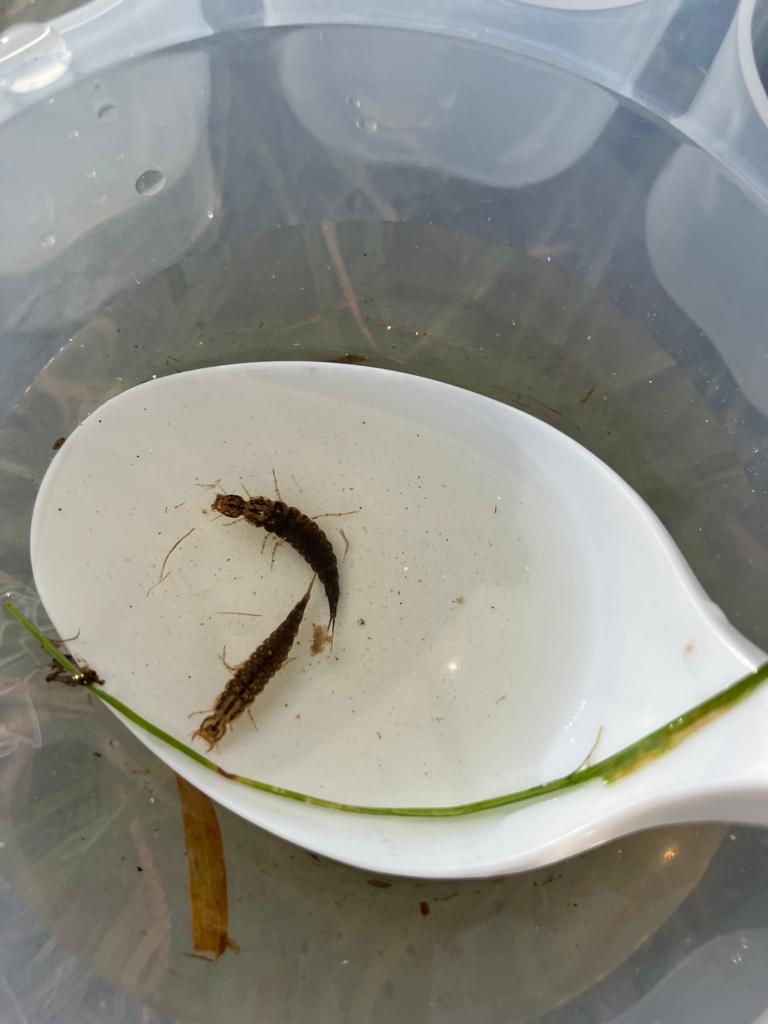On 16th October, we held our first official ‘RiverBlitz’ as part of the Catchment Systems Thinking Cooperative (CaSTCo) project. This project sees the Rivers Trust working alongside Ofwat. Together we will implement a national, standardised approach to water quality monitoring through citizen science by testing methodology and data management with 10 local Rivers Trusts across England.

What is a RiverBlitz?
The RiverBlitz approach was developed based on the ‘BioBlitz’ approach. Due to it’s success, organisations across the UK regularly use the BioBlitz method, which sees community groups coming together in a fast-paced event to collect biological records of insects, plants and fungi. While rivers represent some of our most diverse and important ecosystems, they are don’t feature in the BioBlitz method. The traditional method only focusses on terrestrial species. The CaSTCo project has given the Ribble Rivers Trust the perfect opportunity to test a RiverBlitz format. With help from volunteers from across the catchment, we’re focussing on different waterbodies to collect snapshots of water quality data.
What information did we collect, and how?
Holding our first event in the Wigglesworth Beck catchment near Settle, we focused on three themes of data: water chemistry, river habitat, and aquatic animals. These themes are vitally important when looking at the health of a river and elements of these are incorporated into the Water Framework Directive, a legislation which government organisations like the Environment Agency and Natural England use to measure the quality of rivers, lakes and marine waters.

Following a training session at the community centre, and a tasty sandwich or three, 7 groups of volunteers set off with bottles, trays and nets in hand. Altogether they were tasked with covering 10 sites in the Wigglesworth Beck catchment. It’s not just the beck itself getting a once over, with volunteers visiting tributaries too. As part of this they recorded a variety of data including water temperature, chemicals in the water (organophophate, nitrite, nitrate), river bank and in-channel habitat condition, and aquatic invertebrate communities. All within the space of 3 hours!
Each volunteer used existing citizen science methods. For example, Extended Riverfly for identifying aquatic creatures, and Priority Habitats for habitat assessment. Additionally, we used simple water testing kits including colour-changing strips and the Hanna Pocket Phosphate Checker.
How will this information help us, and the community?

We will use the data collected during the Wigglesworth RiverBlitz (and the RiverBlitz’s of the future!) to help us identify problems within the catchment relating to water quality and habitat condition. This may include things like nutrient enrichment, from water treatment works, residential properties, and farmland, or high levels of silt due to erosion from the land. With a clearer picture of the catchment, backed up by evidence, we will be able to focus our efforts appropriately to protect or improve water quality, through activities like farm advice, education, woodland creation and collaboration with local authorities.
With the addition of data from future RiverBlitz events in different parts of the Ribble catchment, we can begin to build up a clear picture of the health of our catchment as a whole, and identify areas and issues to focus on.
By engaging local volunteers with RiverBlitz events, we’ll be able to gather honest and impartial feedback about the methods. However, this is also about promoting a feeling of ownership over our rivers within communities across the Ribble catchment. Working together, we can make positive steps towards a healthier River Ribble, for the benefit of everyone.

